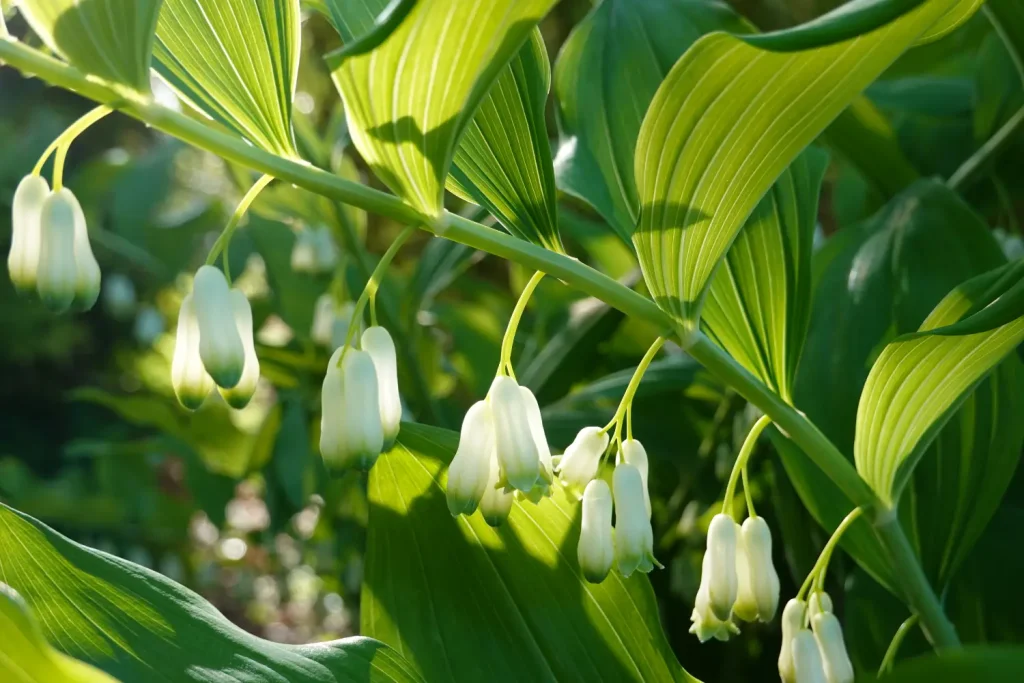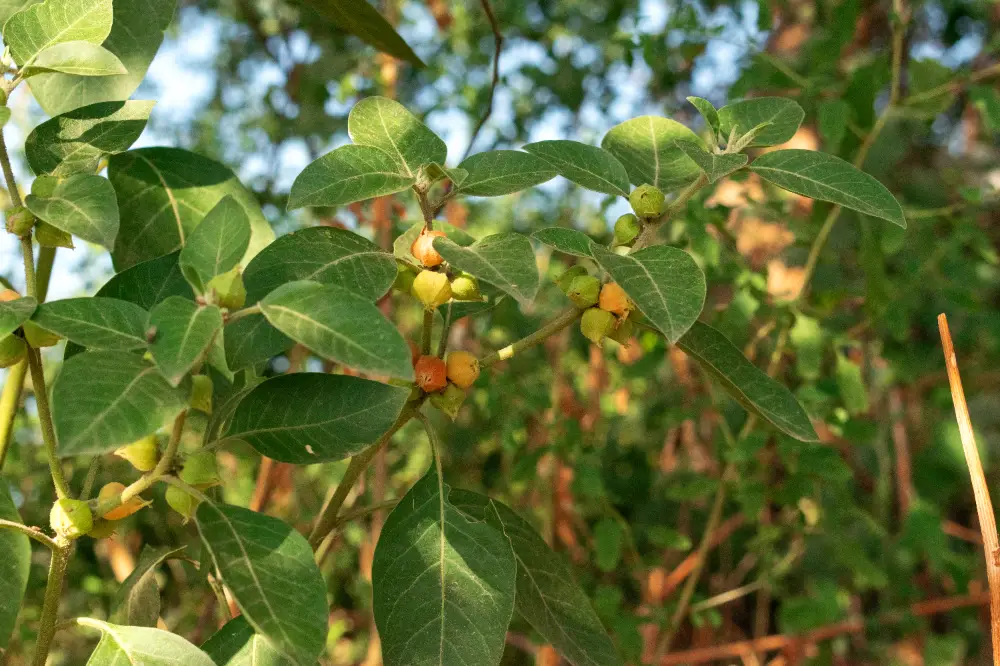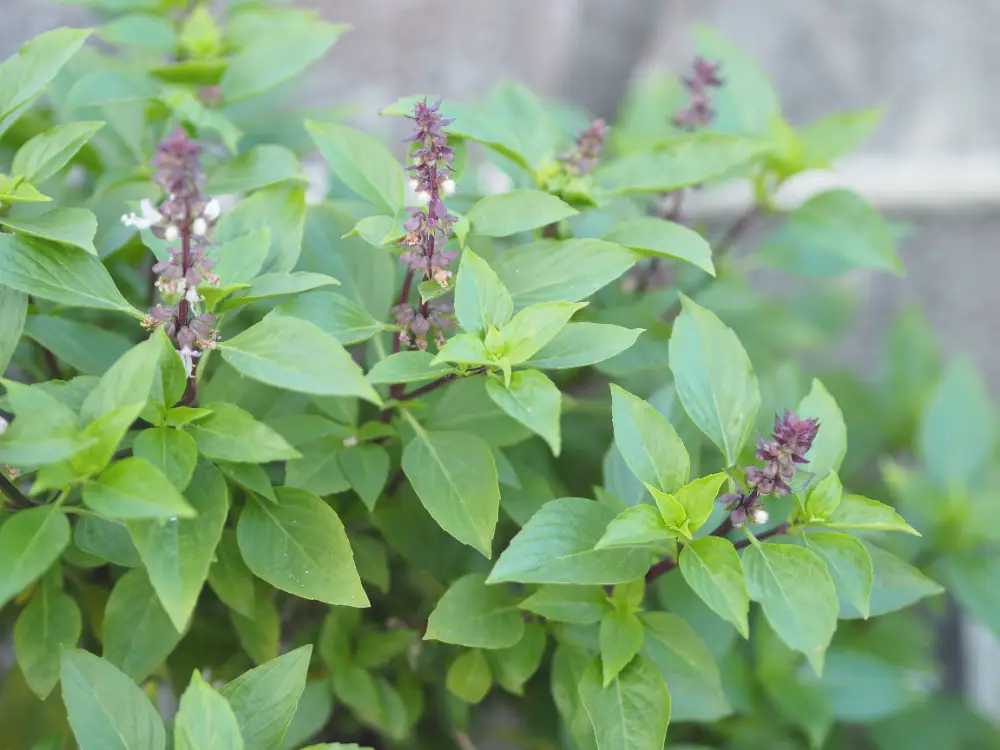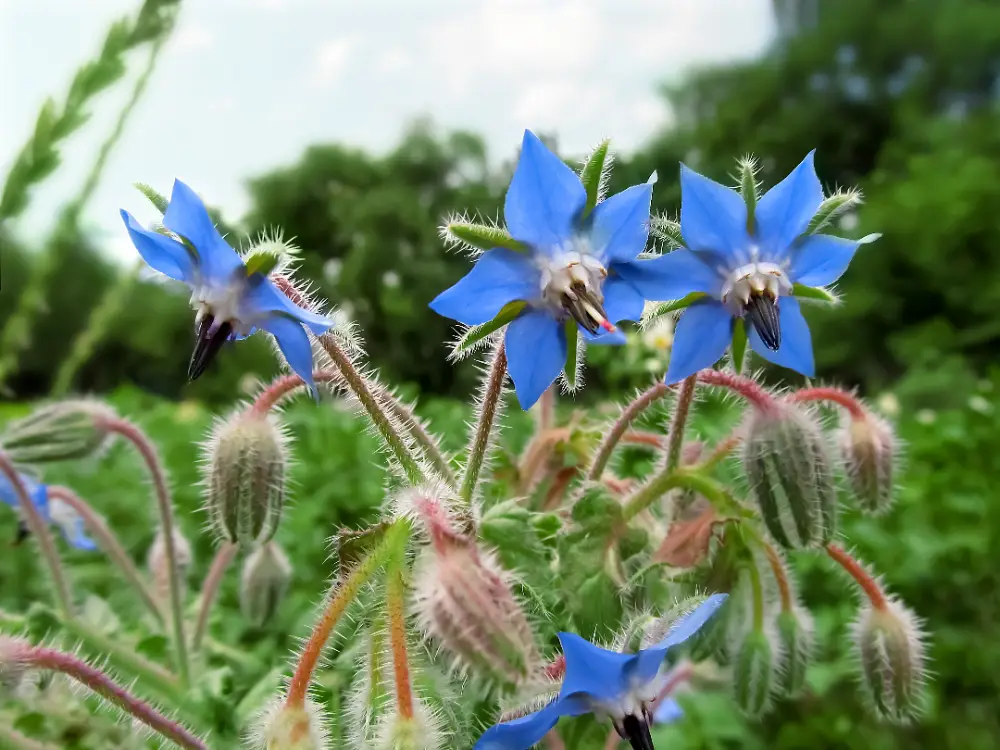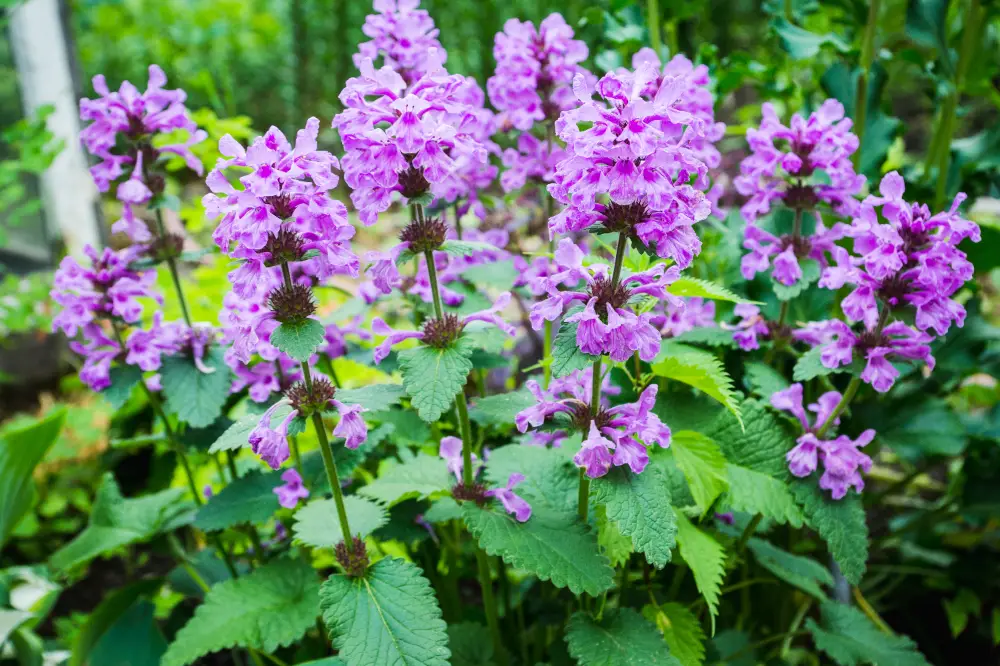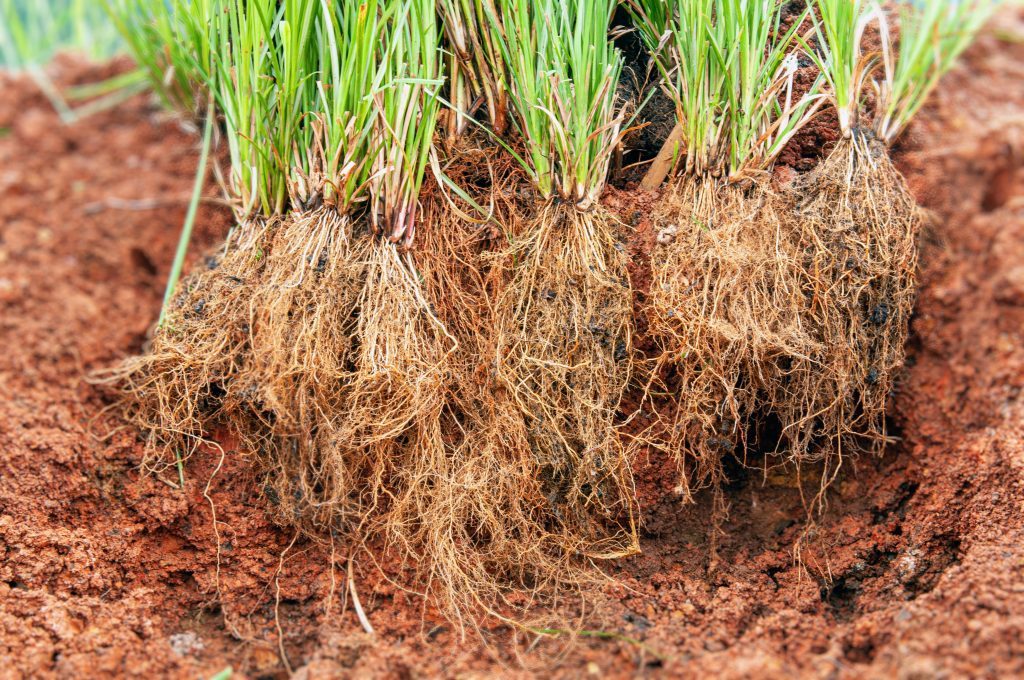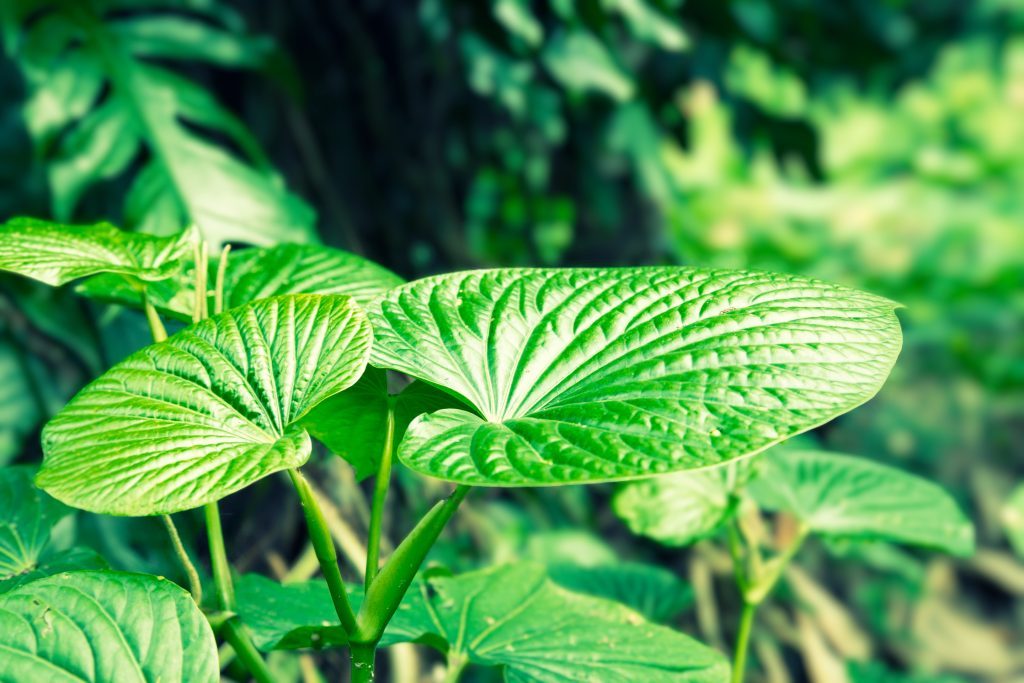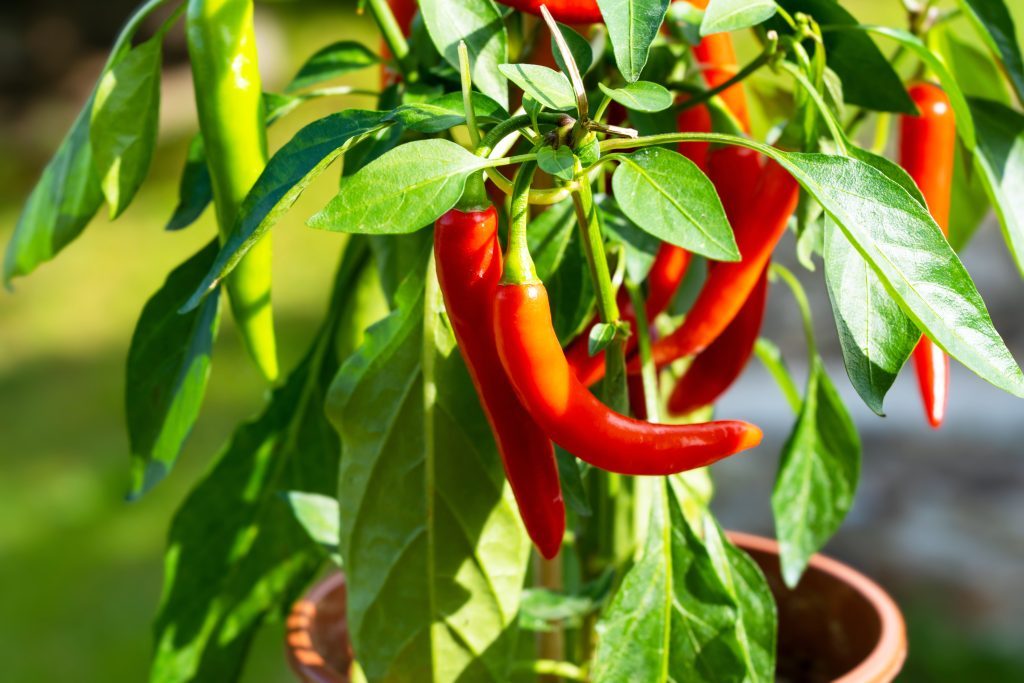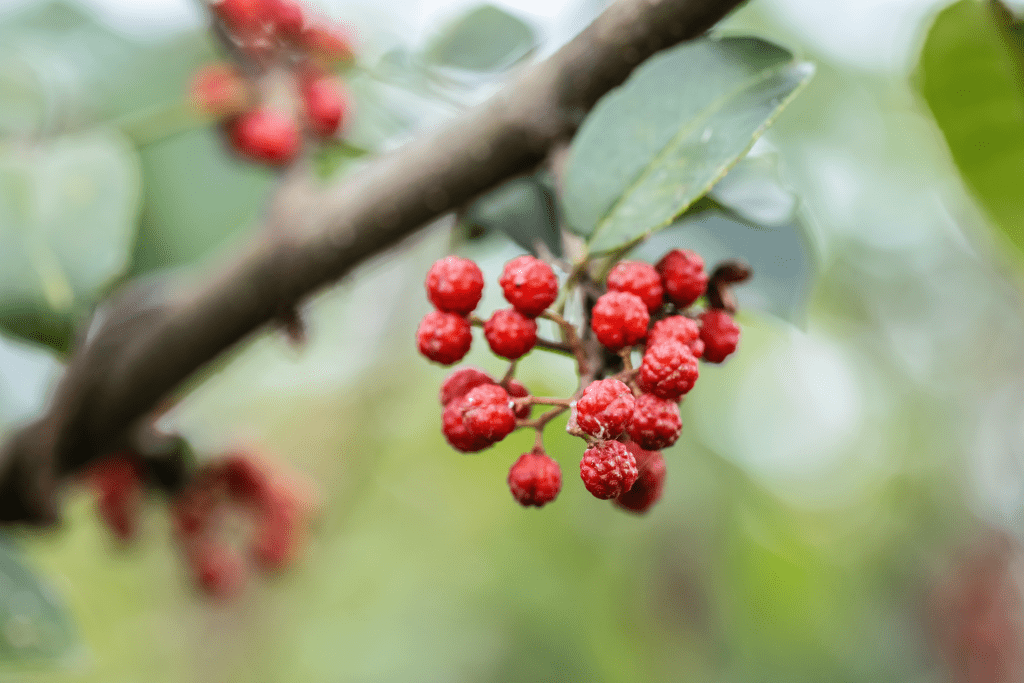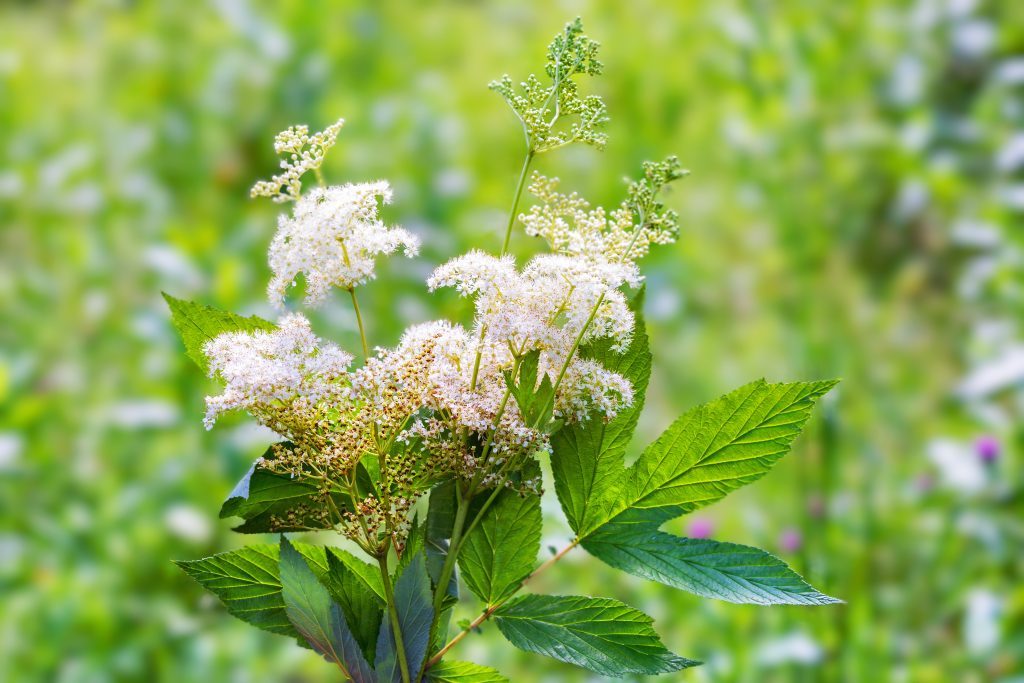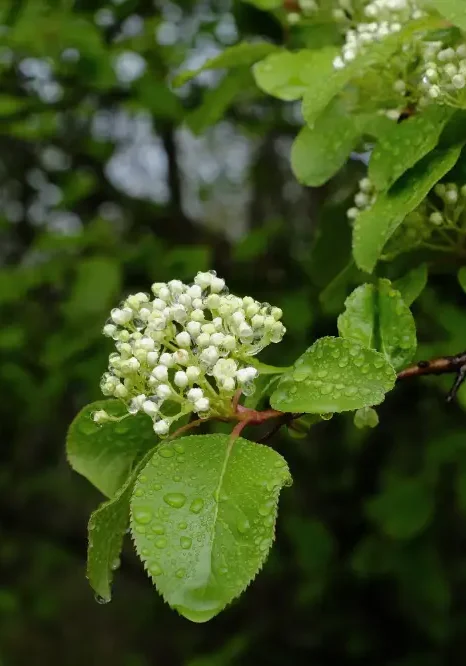
Black Haw
Viburnum prunifolium
Rosaceae (Rose Family)
Commonly used to relieve muscle cramps and uterine spasms, and as a uterine tonic, historically used to support women’s reproductive health, especially for easing menstrual discomfort and preventing miscarriage.
Other names:
Stag Bush, Sweet Haw, Sheepberry, Nannybush.
Superpower
Black Haw’s ability to act as a powerful antispasmodic and uterine tonic.
Uses
- Women’s Reproductive Health:
- Menstrual Cramps and Dysmenorrhea:
Black Haw has long been used as an antispasmodic to relieve menstrual cramps and regulate menstrual cycles. It helps relax the smooth muscles of the uterus, easing discomfort during menstruation. - Preventing Miscarriage:
Traditionally, Black Haw was used to prevent miscarriage and support pregnancy. Its uterine tonic properties help strengthen the uterus and prevent premature uterine contractions, making it a popular herb in midwifery and herbal medicine.
- Menstrual Cramps and Dysmenorrhea:
- Labor Support:
- Black Haw has also been used to reduce excessive uterine contractions during labor and to ease labor pains. Some traditions recommend it to help promote a smoother labor process.
- Anti-inflammatory and Pain Relief:
- Rheumatism and Arthritis:
Black Haw’s anti-inflammatory properties make it useful for treating conditions like arthritis and rheumatism. It has been used to alleviate joint pain, muscle spasms, and general inflammation.
- Rheumatism and Arthritis:
- Cardiovascular Health:
- Black Haw has been used in some traditional practices to treat high blood pressure and palpitations. Its ability to relax smooth muscles extends to the cardiovascular system, where it can promote heart health and ease hypertension.
Cautions
Interactions with Medications:
- Black Haw may interact with blood pressure medications, heart medications, or blood-thinning agents (anticoagulants). It’s important to consult with a healthcare provider before using Black Haw if you’re taking any medications that affect cardiovascular health
Blood Pressure and Heart Conditions:
- Black Haw has vasodilating properties, meaning it may lower blood pressure. Those with low blood pressure or on medications to control blood pressure should use Black Haw cautiously to avoid potential hypotension
Known Chemical Constituents
- Tannins
- Viburnin
- Coumarins (e.g., scopoletin, esculetin)
- Salicylates
- Flavonoids
- Saponins
- Phenolic Acids (oxalic, oleanolic & ursolic)
- Triterpenes
- Iridoid glycosides (isolvaleric)
Botanical Description
Plant Type:
- Deciduous Shrub or Small Tree
Black Haw typically grows as a large shrub or small tree, reaching heights of 2 to 7 meters (6 to 22 feet). Its growth habit can be multi-stemmed or single-trunked, with a rounded crown.
Leaves:
- Simple, Ovate, and Serrated
The leaves are simple, oval (ovate), and have finely serrated (toothed) edges. They are arranged opposite along the stem and are 2.5 to 5 cm (1 to 2 inches) in length. The upper surface is dark green and smooth, while the underside is lighter with a slightly hairy texture. In autumn, the leaves turn vibrant shades of red, purple, or orange.
Flowers:
- Small, White, Flat-topped Clusters
Viburnum prunifolium produces small, creamy-white flowers that bloom in late spring (usually May). These flowers are arranged in flat-topped clusters called corymbs, which can be 5 to 10 cm (2 to 4 inches) in diameter. The flowers are mildly fragrant and attract pollinators, including bees and butterflies.
Fruit:
- Oval Drupes (Berry-like)
After flowering, the plant produces oval, berry-like fruits called drupes. These fruits start off green, turning to pink, and eventually ripening to a dark blue-black color by late summer to early fall. The fruits are edible and have a sweet taste when fully ripe, though they contain a single large seed.
Stem and Bark:
- Smooth, Gray to Reddish-brown Bark
The bark of Black Haw is smooth in young plants, becoming rougher and more fissured with age. The bark color ranges from gray to reddish-brown.
Root System:
- Fibrous Roots
The plant has a fibrous root system, allowing it to stabilize soil and tolerate a variety of growing conditions.
Habitat:
- Woodlands, Thickets, and Riverbanks
Viburnum prunifolium is native to the eastern and central United States, commonly found in moist woodlands, thickets, and along riverbanks. It prefers well-drained soils but can tolerate dry conditions once established.
Growth Habit:
- Erect, Upright Growth
The plant grows in an upright habit, forming a dense, bushy structure, especially when growing as a shrub. Its branches spread moderately, creating a rounded appearance.
Fun Facts
In the 19th century, Black Haw was commonly used by American midwives as a “go-to” herb to help prevent miscarriages and smooth labor pains. It was so trusted that it was often referred to as “Nature’s Epidural” due to its strong antispasmodic and uterine tonic properties, making it a vital part of traditional birth practices in North America.
Parts Used
Dried Bark
Harvest
Best Time to Harvest:
- The early spring before the plant starts to flower. This is when the sap is running, and the bark is most potent.
Parts Used:
- The inner bark is the most commonly used part for medicinal purposes, particularly for its antispasmodic and uterine tonic effects.
Harvesting Method:
- Use a sharp knife or pruning shears to gently strip the bark from young branches. Take care not to remove too much from any one branch or tree, to allow it to recover and continue growing. Sustainable harvesting practices suggest taking small amounts from multiple trees or branches rather than stripping a single area bare.
Processing:
- Drying the Bark:
After harvesting, the bark should be dried in a warm, well-ventilated space, away from direct sunlight. It can be cut into smaller pieces to speed up the drying process. Once fully dried, the bark should be stored in an airtight container to preserve its medicinal properties.
Preparations
Infusion (tea), decoction, tincture, capsules of powders, poultice.
Sacred Rituals
Tea or Tincture Ceremony:
Prepare a Black Haw infusion (tea) or take a small amount of tincture. Hold the cup or tincture bottle in your hands and focus on your intention. Say a prayer, affirmation, or simply express gratitude for your health and for the balance you seek.
Meditation and Grounding:
After consuming the tea or tincture, sit in quiet reflection. Visualize the energy of Black Haw flowing through your body, soothing any tension or discomfort. Ground yourself by focusing on your breath and imagining roots growing from your feet into the earth, connecting you to the nurturing energy of the planet.
Affirmations
“I am grounded in the strength of my body, calm in the rhythm of my life, and connected to the nurturing wisdom of nature. I trust in my inner power to flow through all transitions with grace and ease.”
Spiritual Associations
It is believed to carry healing energy for women, fostering a deep connection to feminine intuition, cycles, and inner strength.
Functions
A substance or agent that helps relieve or prevent involuntary muscle spasms, cramps, or contractions in smooth or skeletal muscles.
AstringentA substance or agent that causes contraction or tightening of tissues, often reducing secretions or bleeding.
Bitter digestive stimulant
Refers to a substance or agent, typically an herb, that activates the production of digestive juices and enzymes through its bitter taste, enhancing digestion and nutrient absorption.
DiureticA diuretic is a substance that promotes the increased production and excretion of urine, helping the body eliminate excess fluids and salts through the kidneys.
HypotensiveA substance or agent that helps lower blood pressure, supporting cardiovascular health and reducing the risk of hypertension-related complications.
Nervine sedativeA nervine sedative is a substance that calms the nervous system and promotes sleep or deep relaxation, often used to alleviate anxiety, agitation, or insomnia.
Uterine tonicA substance that nourishes, strengthens, and supports the healthy functioning of the uterus, helping to maintain or restore its optimal tone and overall reproductive health.

